Blog
Download our brochure

Stay informed
i
By Enrico Di Pietro, P.Eng., Member ASHRAE
The term HEPA around filter has never been so exceptionally used in every present time ventilation discussion, but grievously mishandled in its true nature.
HEPA is an abbreviation of High-Efficiency Particulate Air, and is classified as a MERV 17, following the Minimum Efficiency Reporting Value, a scale created d in 1987 by the American Society of Heating, Refrigerating and Air-Conditioning Engineers (ASHRAE) to document the effectiveness of air filters.
A myth that requires rectifying is that HEPA filters won’t stop viruses, such as COVID-19. In fact, closer review of the HEPA filter will demonstrate the opposite, withal efficiency closer to 100%. 1
Let us move back in time and recall the first laboratory need of submicron particulate removal. During radioactive research in the 1940’s, conducted under what was known as the Manhattan Project, the HEPA filter was developed to prevent the spread of radioactive particles. It was determined that the most penetrating size particle would be of 0.3 micron, in such a way determining the standard around HEPA filter being capable of stopping 0.3 micron particles with an efficiency of 99.97% following the latest DOE-STD-3020-2005. Despite the Standard, one should be aware of HEPA filter behavior with other than 0.3 micron particle size.
HEPA filters are made from multiple layers of specific micro fibers with diameters ranging from 0.002 to 0.500 micron. Straining is the natural interpretation of any filter, or simply comparing it to a mesh, without any regard to other occurring mechanism in the filter. Howbeit, once a particle enters the tortious pathway established by the micro fiber structure, residence time is increased allowing supplementary capturing methods such as natural electrostatic attraction, inertial impaction, interception and diffusion.
Natural electrostatic attraction can mildly favorably influence any other mechanism, or act alone to force the particle to contact a fiber. Inertial impaction occurs when air rapidly changes direction and the principles of inertia separates the particulate from the air stream. Interception involves having the particulate make physical contact and becoming attached to the media fiber. Diffusion occurs when the random, also called Brownian motion of a particle causes the particle to collide and stick to a fiber. The figure below illustrates the different mechanism.
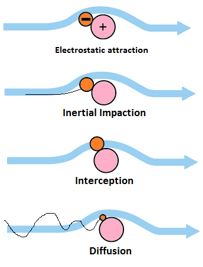
This brief column offers a different view of the HEPA filter in an attempt to add and expand common knowledge of this technology. Although one cannot warrant that the usage of HEPA filtration alone can reduce the risk of Covid-19 contagion, it is critical to understand the limit of the technology, follow adequate installation methods and understand the final effectiveness once applied to a global ventilation system.
1. Perry, J. L., Agui, J. H., Vijayakimar, R (2017) Submicron and Nanoparticulate Matter Removal by HEPA-Rated Media Filters and Packed Beds of Granular Materials. 20170005166, NASA, Huntsville, Alabama.
Discover our air handling filters
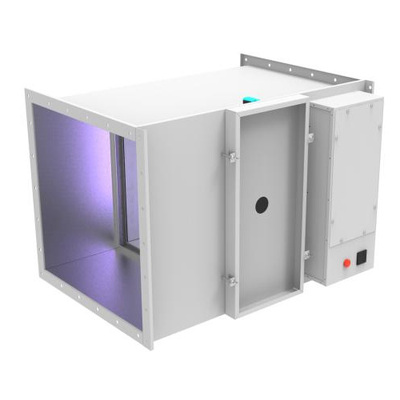
SCU-UV - Stytem for UV disinfection for air
Specialized system that allows effective disinfection of air in ventilation ducts. UV disinfection is a method based on irradiation with ultraviolet
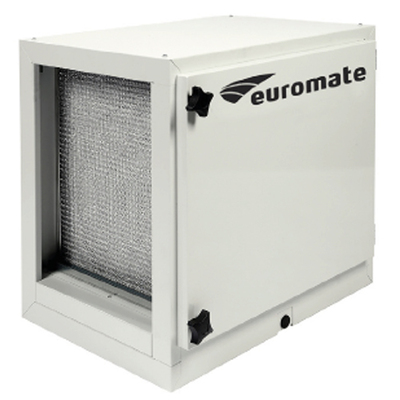
SFC - Activated carbon filter
Stationary filter unit for in-duct mounting that mainly filters odours and gases by means of activated carbon filter cylinders with bayonet catch.
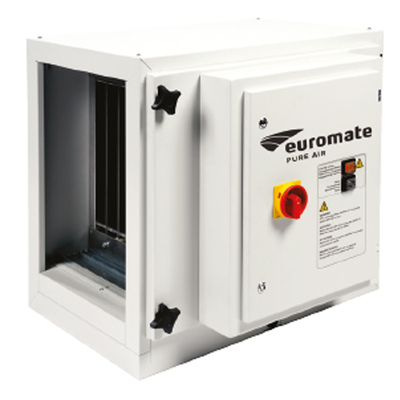
SFE - Electrostatic filter
The SFE is an electrostatic filter for kitchen exhaust air. The SFE is designed to be installed in the extraction duct of a commercial kitchen
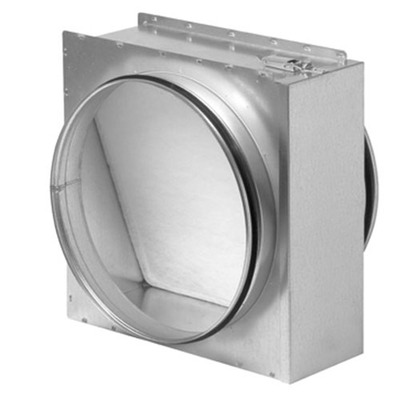
FKO - Circular duct filter
For air filtration in ventilation and airconditioning systems. Galvanized steel filterbox with easy accessible top entry equipped with flat filter with galvanized mesh
